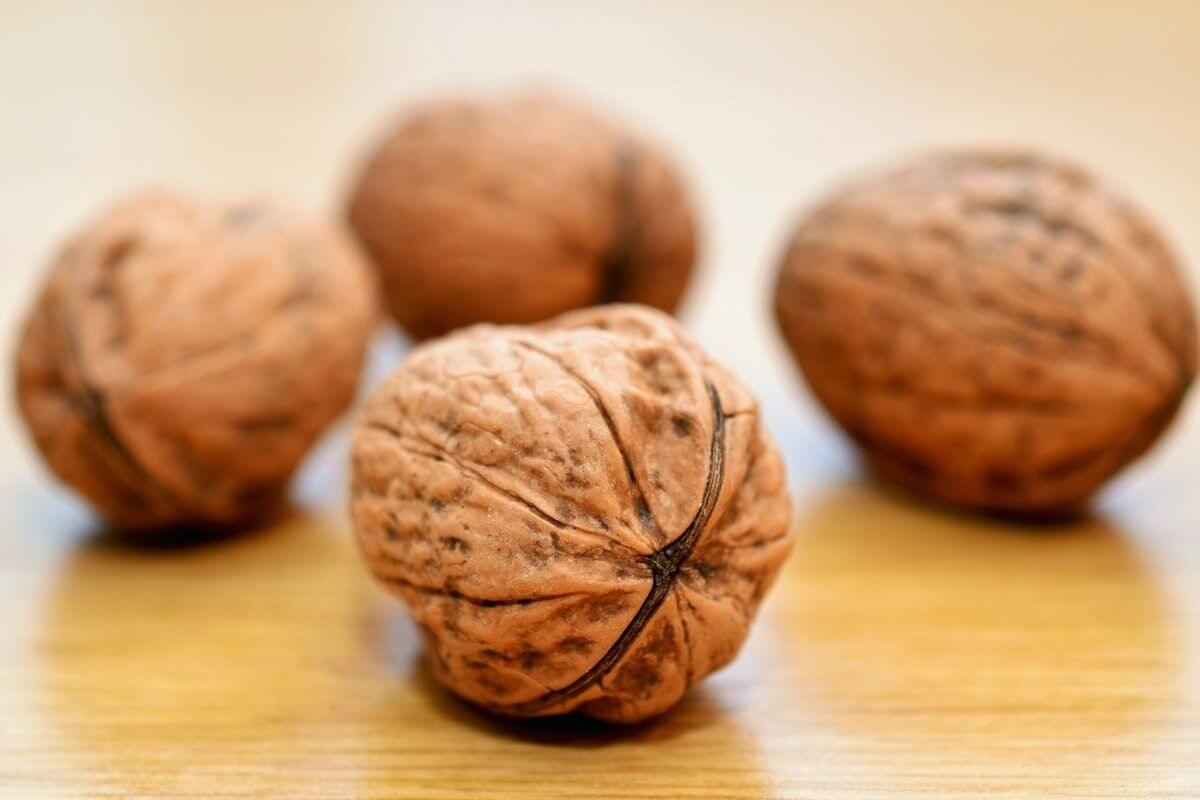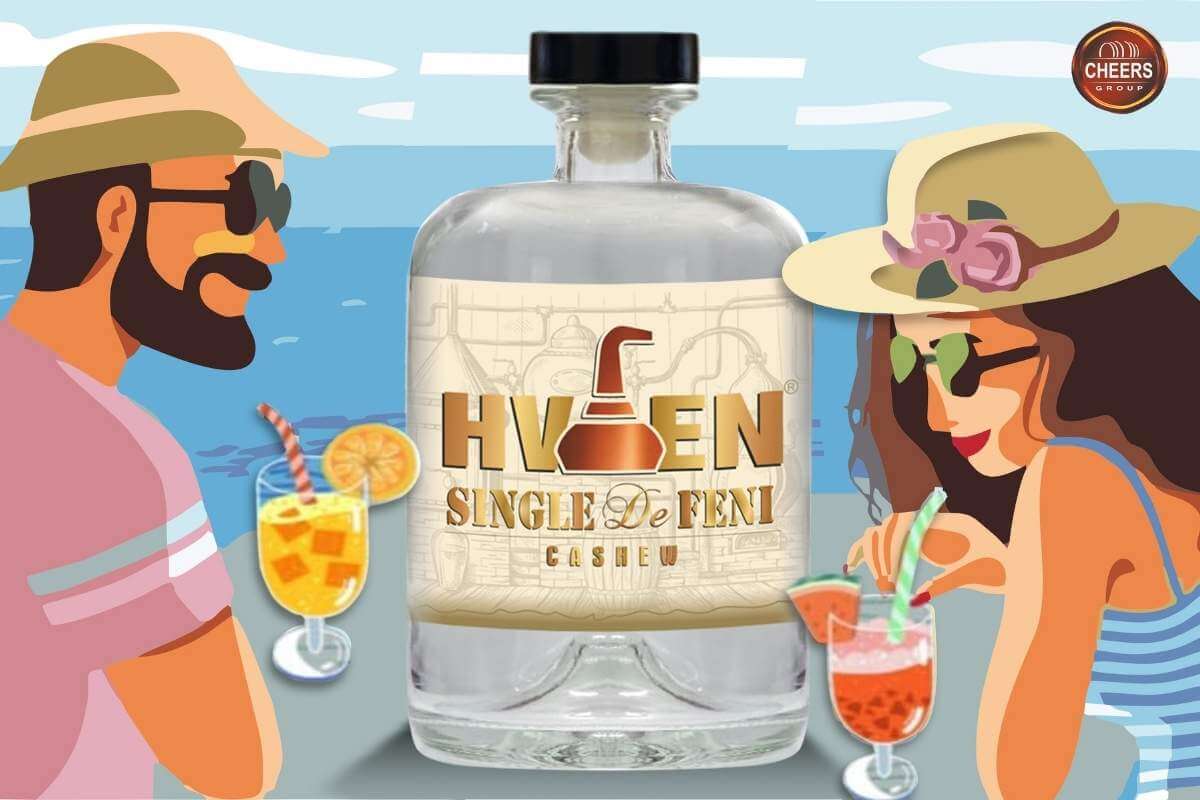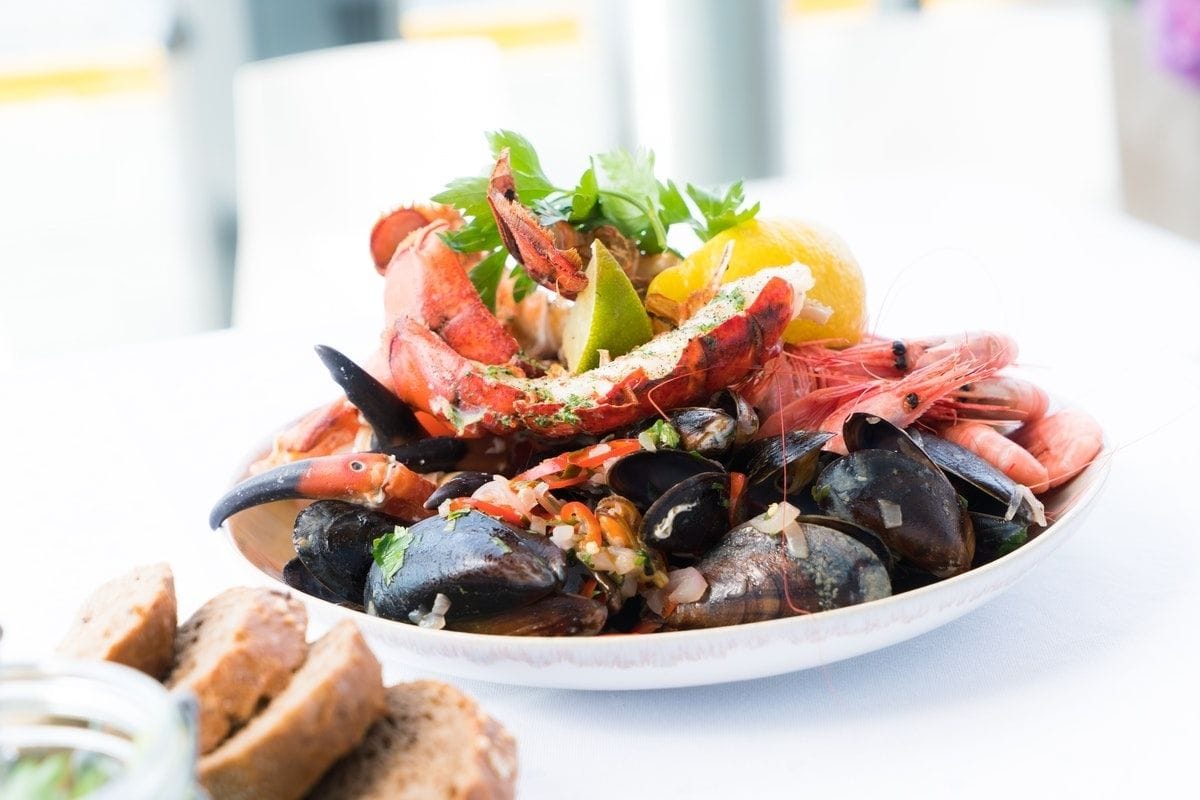It’s common to hear the advice to “eat less processed food.” But what exactly is processed food? And what effect does processed food have on our health? Ultra-processed foods are industrial formulations that are ready-to-eat or ready-to-heat and are made primarily with refined ingredients.
Although food processing is important for improving food security and safety, ultra-processed foods are typically high in added sugar, trans fat, sodium, and refined starch and low in fiber, protein, vitamins, and minerals.
UPFs are defined as formulations of ingredients derived from foods and additives, combined with substances such as colorings, flavorings, sweeteners, and emulsifiers. They have little to no intact food. Sugar-sweetened beverages, sweets, ice cream, chocolates, savory snacks, burgers, processed meat, and frozen dishes are all included in this definition.
In comparison to other food groups, UPFs are typically long-lasting, ready-to-eat, low-cost, and highly palatable. They are usually delicately packaged and concentratedly marketed. They are typically fatty, sugary, or salty, high in energy, and low in protein, dietary fiber, micronutrients, and several bioactive compounds.
According to our most recent research, the rise of ultra-processed foods is likely playing a significant role in this ongoing change. Thus, reducing our consumption and production of these foods provides a once-in-a-lifetime opportunity to improve both our health and the food system’s environmental sustainability.
Impact on Health
In recent years, there has been an increasing prevalence of chronic diseases in modern society. Existing evidence suggests that UPF displacement is causing an increase in the prevalence of obesity and other diet-related NCDs. Increasing the proportion of UPFs in the diet is associated with a higher incidence of negative health outcomes.
Other research has found that ultra-processed foods, due to their high energy value and appetitive properties, may lead to overeating and facilitate the development of obesity or type 2 diabetes.
As a result, it is necessary to think about how to alter the trend of increased consumption of ready-to-eat and convenient foods and return to well-established eating patterns based on minimally processed foods and freshly prepared meals.
The BMJ published a study that looked at representative dietary records of over 100,000 French adults over a five-year period. They discovered that those who ate more ultra-processed foods were more likely to develop cardiovascular disease, coronary heart disease, and cerebrovascular disease. Even after the researchers adjusted for the nutritional quality of the diet, these findings remained statistically significant (considering factors such as the amount of saturated fat, sodium, sugar, and dietary fiber in the diets). Despite the fact that large observational studies cannot prove cause and effect, the research does suggest a link between ultra-processed diets and heart disease.
Impacts on The Food System
While research has shown that western diets high in calories and livestock products have a negative impact on the environment, there are also environmental concerns associated with ultra-processed foods.
Although the effects of these foods on human health are well documented, the effects on the environment have received less attention.
According to research in Brazil, increasingly globalized diets high in ultra-processed foods are harming the cultivation, manufacture, and consumption of “traditional” foods.
Learn to Spot ultra-processed Foods
They are high in cosmetic additives and low in whole foods. Some examples include confectionery, soft drinks, chips, pre-prepared meals, and restaurant fast-food products.
Minimally processed Processed Ultra-processed
Corn Canned corn Corn chips
Potato Baked potato French fries
Wheat Flour Cookies
Consider the examples in this table to help you quickly determine if a food is minimally processed, processed, or ultra-processed. [source Harvard Health]
What can be done?
The production of more nutritious foods like wholemeal bread or pasta could be re-routed. This would help to improve global food security by providing a stronger buffer against natural disasters and conflicts in major breadbasket areas.
Other environmental resources could be saved if certain ingredients were avoided entirely. Consumers’ preferences for healthier foods, for example, could significantly reduce the demand for palm oil (a common ingredient in ultra-processed foods that has been linked to deforestation in Southeast Asia).
Reduce your consumption of ultra-processed foods to reduce your environmental footprint while also improving your health.
Discover more from Incredible Goa Food and Hospitality
Subscribe to get the latest posts sent to your email.










